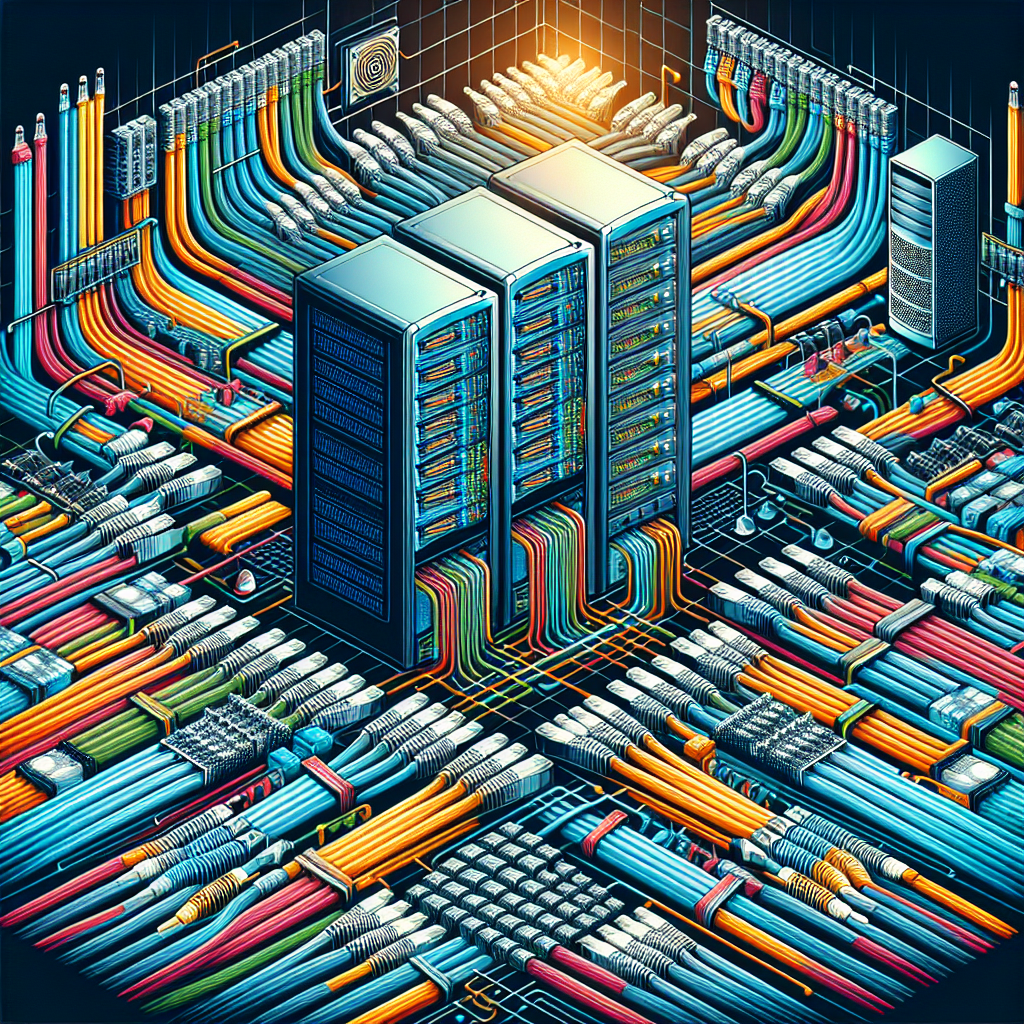Fix today. Protect forever.
Secure your devices with the #1 malware removal and protection software
In today’s digital age, data centers play a crucial role in storing, processing, and managing vast amounts of information. With the increasing demand for data storage and processing capabilities, data center cabling has become a critical component in ensuring efficiency and performance.
Data center cabling refers to the physical infrastructure that connects servers, storage devices, networking equipment, and other hardware within a data center. Properly designed and installed cabling infrastructure is essential for ensuring seamless communication and data transfer between different components within the data center.
When it comes to understanding data center cabling, there are several key considerations that organizations must keep in mind to ensure efficiency and performance. These considerations include:
1. Cable Management: Proper cable management is essential for maintaining a clean and organized data center environment. Cables should be neatly organized and labeled to facilitate easy identification and troubleshooting. Using cable management tools such as cable trays, racks, and ties can help to minimize cable clutter and ensure optimal airflow within the data center.
2. Cable Types: There are various types of cables used in data center cabling, including copper and fiber optic cables. Copper cables are commonly used for short-distance connections, while fiber optic cables are preferred for long-distance and high-speed connections. Choosing the right type of cable for each application is crucial for ensuring optimal performance and reliability.
3. Cable Length: The length of cables used in data center cabling can have a significant impact on signal quality and performance. It is important to use cables of the appropriate length to minimize signal degradation and ensure reliable data transmission. Using cables that are too long or too short can result in performance issues and data loss.
4. Cable Routing: Proper cable routing is essential for minimizing signal interference and ensuring optimal performance. Cables should be routed away from sources of electromagnetic interference, such as power cables and equipment that generate heat. Additionally, cables should be organized in a way that allows for easy access and maintenance.
5. Scalability: Data centers are constantly evolving and expanding to meet the growing demands of modern businesses. When designing data center cabling infrastructure, organizations should consider scalability to accommodate future growth and changes in technology. Using modular cabling solutions and planning for future expansion can help to ensure that the data center remains flexible and adaptable.
In conclusion, understanding data center cabling is essential for ensuring efficiency and performance within a data center environment. By considering factors such as cable management, cable types, cable length, cable routing, and scalability, organizations can design and implement a cabling infrastructure that meets their current needs and can adapt to future requirements. Properly designed and installed cabling infrastructure can help to improve data center efficiency, reliability, and performance, ultimately leading to a more productive and successful data center operation.
Fix today. Protect forever.
Secure your devices with the #1 malware removal and protection software

Leave a Reply
You must be logged in to post a comment.